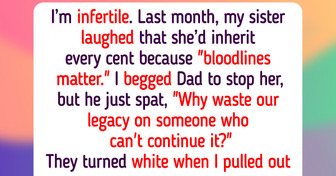Insanely scary thought 😳.
What Would Happen If The Moon Hit Earth
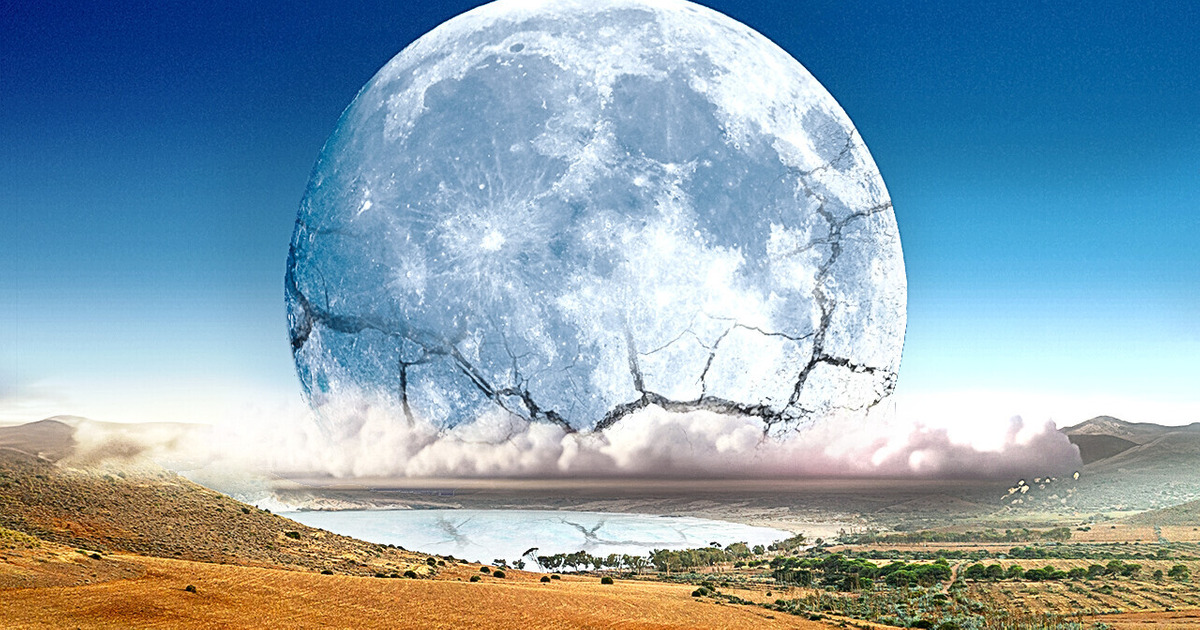
It all started with a minor change on our planet. At first, people noticed the Moon had become brighter and a little bigger. But nobody paid attention to this. The Moon affected tides all over the world. The water flooded the beaches, but it wasn’t a tragedy. A lot of fish came close to the shores. People found giant squid, anglerfish, and other creatures next to the coast, although they usually live in the dark depths. New, stranger things happen every day. Birds no longer fly to the south in winter. They gather in huge groups flying around cities with no purpose. The Moon used to help them navigate in nature, so they can’t figure out which way to fly anymore.
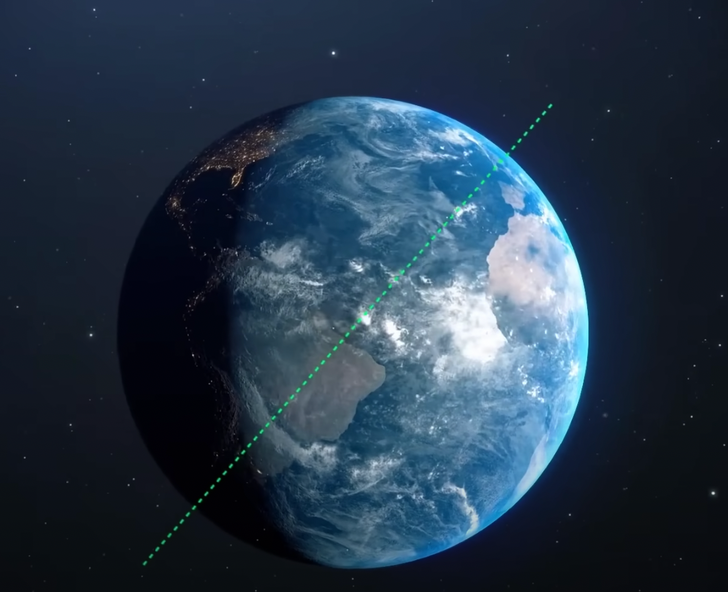
In the boundless waters of the world‘s oceans, ship captains notice that compasses are now unstable. The arrow is pointing in different directions since the Earth’s magnetic poles have changed. People realize the Moon has started to approach Earth for an unknown reason... The Moon’s gravity affects the gravity of our planet. This entails changes in the climate, the behavior of all living beings, and the magnetic field. Now it rains in the driest places and gets hot in the coldest lands. It’s knocking down ecosystems all over the planet. People living near forests hear wolves’ howling all the time. The Moon drives these animals mad. The Earth’s natural satellite is growing in size and lights up the night much brighter. Nothing critical has happened yet. People don’t panic because they don’t want to believe the end is coming. But then, one day, the Moon reaches a critical point.
You’re walking down the street listening to music, and at that moment, someone pushes you. Okay, maybe that guy is late for work. You keep walking and a girl coming by hits your shoulder. “I’m sorry,” she says and goes away. You’ve noticed the fear in her eyes. You look ahead and see people running toward you. You take off your headphones and hear screams and sirens. People leave their cars and run away. Hundreds of seagulls are flying in the sky. You hear a strange noise among all the sounds of chaos. It seems to be... water! How is this possible? You’re in the city center, a few miles from the shore. But there’s no time to think. You notice a huge wave flooding the streets and heading straight to you. You run into a building and go up to the 10th floor.
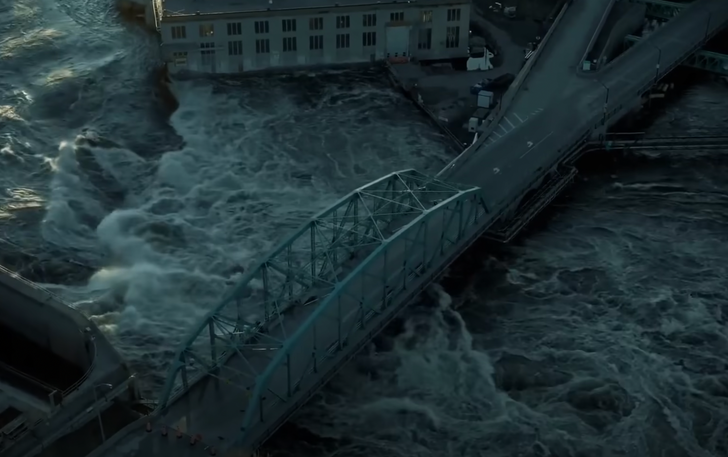
From here, you’re watching the water filling the city. The strong stream blows all cars, one-story buildings, and trees off the road. You notice a shark and other fish in the water. People are hiding in houses and on the roofs. The whole city is quickly plunging into a catastrophe. The TV is working in the building where you’re hiding. You learn that floods are occurring all over the world. Massive tsunamis cover coastal cities. In some places, waves reach the height of a thirty-story building. Many towns have been washed off the face of the Earth. The Moon is too close to Earth, and massive floods are just the beginning. The Moon flies around Earth and helps to keep our home on its axis. The Moon provides climate stability and helps living organisms develop. But now, this balance is broken. The Moon is approaching and changing our planet’s gravity. Earth can tilt slightly to the side and provoke massive floods around the world. Imagine that you’re holding a round glass of water. Tilt it a little. See how the liquid moves from one side to another? The same thing is happening now with the oceans.
But the Moon is not just approaching us. It’s flying around the planet and getting closer with each circle. It causes natural disasters in different locations on Earth all the time. Now the ocean floods one side, and a few hours later, another. So you see all the water going back from the streets to the shore. The oceans may return to the city again by the end of the day. Wait a minute... It seems the end of the day has already come. You notice that the sky has become dark. It’s weird because it’s only 3 p.m. The Moon changes Earth’s rotation speed and makes the day go faster. The Moon covers almost the entire sky and brightly illuminates our planet. You see huge lunar craters. It’s so close that you can still see it even when the Sun shines. In some places, the passing Moon obscures the Sun.
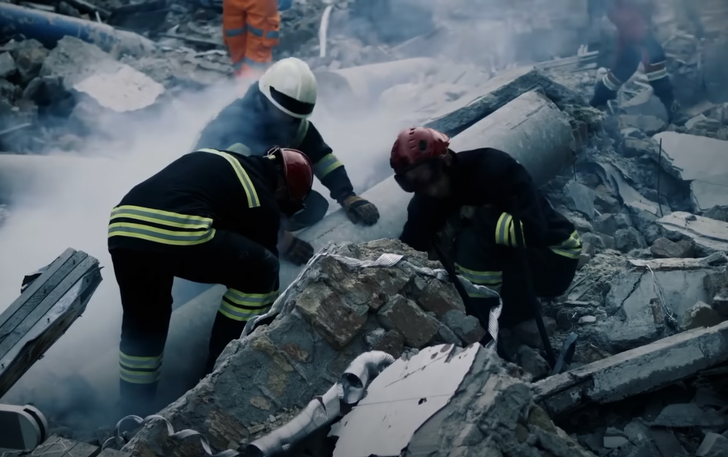
The water is leaving the streets, and everyone goes outside. At this moment, an earthquake begins. The road is cracking, and the houses are collapsing. There are landslides on the street. Tectonic plates are shifting all over the planet. Imagine two magnetic balls that are approaching each other. So, one ball is the Moon, and the second one is Earth’s core. What do you think will happen to what is above the core? That’s hundreds of thousands of miles of the Earth’s crust. And now it’s all moving. Destructive cracks are emerging all over the world. The planet’s highest mountains break down and turn into a pile of stones. The seabed cracks and releases magma from the underground depths.
Volcanoes wake up and erupt magma. Clouds of volcanic ash cover the sky from the Sun and the glowing Moon. But the scariest thing is still ahead: a collision is inevitable. The Moon flies around the planet like a ball in a round glass with a hole in the center. This force drives clouds all over the planet. Now there’s a thunderstorm, but in five minutes, it will be snowing. Then the night comes, and it starts raining. Water droplets consist of mud and volcanic ash. It’s difficult for people to breathe without gas masks. Atmospheric pressure is constantly changing. Some people experience severe migraines, and some have sore joints. But there’s no time to think about your health. Humanity needs to figure out how to save itself from the collision. A new gravitational order will come when the Moon crashes into Earth.
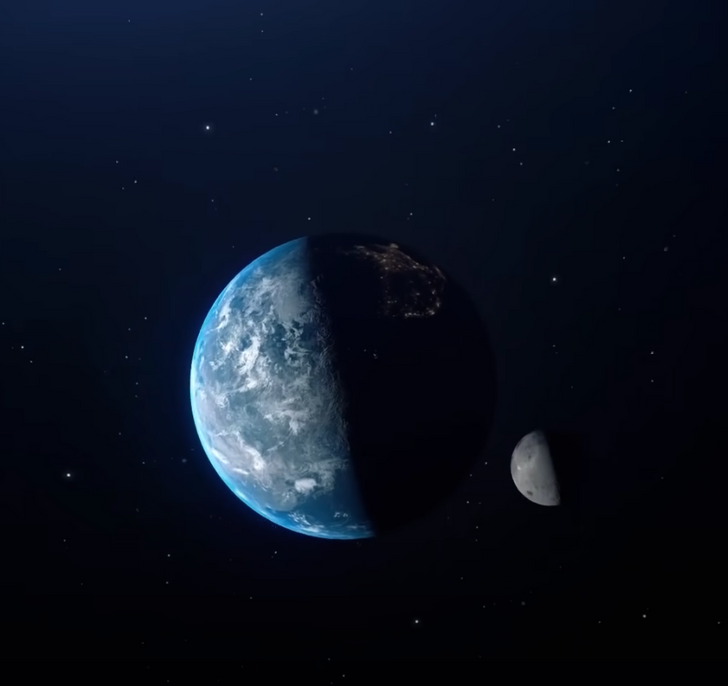
Continents will change their shape. They will combine into one giant piece of land or split into a hundred smaller ones. The energy of the collision can burn all the oxygen in the atmosphere and make the planet unsuitable for life. Hiding underground also makes no sense because of deep earthquakes. People decide to spend their last hours with loved ones and their families. The Moon is getting closer. It’s now at the same distance as the International Space Station. The Moon covers the sky. Many cities are in the shadows because of the waves. Tsunamis, several miles in height, crash down on the ground. Millions of tons of magma collide with the ocean. Billions of gallons of water just evaporate. Moisture rises into the air, mixes with ash, and floods the land in the form of giant cumulus clouds.
You’ve accepted the complete destruction of the planet, but something strange happens to the Moon at this moment. You notice giant cracks appear on it. The Moon slowly begins to divide into two parts. Both halves crumble into hundreds of large pieces. It’s just falling apart. The Earth doesn’t have a natural satellite anymore. It’s just a pile of giant space rocks. But why is this happening? There’s a space around our planet called the Roche limit. In this place, the gravity of Earth is stronger than that of the Moon. This means that the forces holding the Moon together are weaker than those that tear it apart.
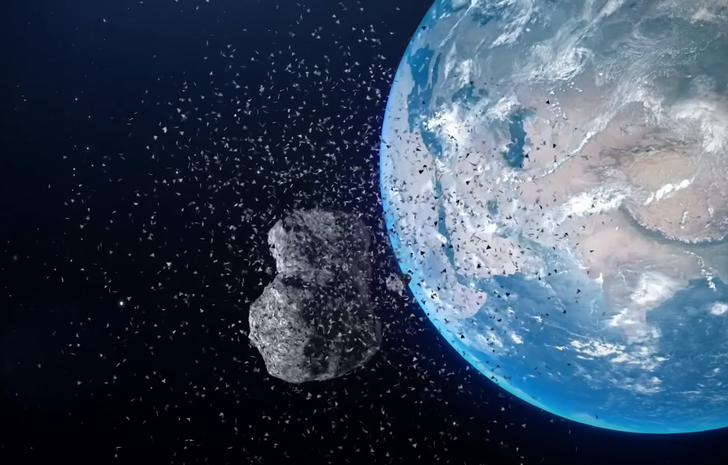
People are cheering! The Roche limit has saved the planet! The Moon won’t hit us. It breaks up into millions of fragments and forms a circle around our globe. Now Earth looks like Saturn. A belt of moonstones surrounds us. Huge chunks destroy everything in their path, all the space debris. The satellites are no longer working. Humanity loses its means of communication and navigation. People will have to use paper maps again. The Moon held our planet’s orbit at a certain angle before these events. Now the axis is tilted differently. One hemisphere becomes closer to the Sun, and the other plunges into shadow. The North Pole and the Arctic may turn into hot deserts, and the equator of the planet may be covered with ice. Winter and summer can last for years. The Moon’s remnants fly around Earth, but some of them fall on our planet. Lunar meteor showers destroy cities and create giant craters. All these events lead to the massive destruction of life on Earth. It will take hundreds of thousands of years to adapt to the new world.
Comments
you remember the dinosaurs right?
shouldnt the title say again????
Related Reads
21 People Share the Eerie Stories That Made Them Stop Cold in Confusion
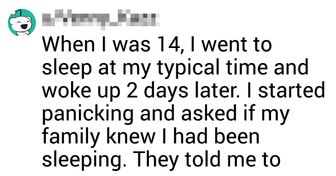
10 Things Only People in a Long-Term Relationship Can Understand

15 Lucky People That Don’t Need to Try Hard to Be in the Spotlight
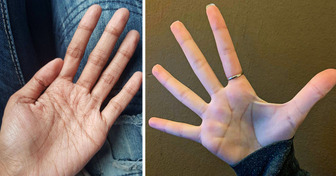
13 Quiet Acts of Kindness That Turned Ordinary People Into Superhumans

I Refused to Choose Which Grandchildren to Love
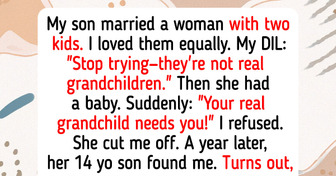
12 Stories That Prove Little Acts of Kindness Never Stay Little
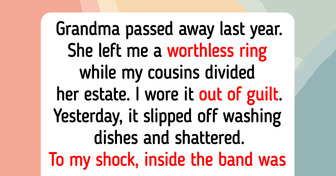
My DIL Excluded Me From Gender Reveal Party, Saying I’m "Not Family"—Big Mistake

I Refuse to Share My Inheritance—My Siblings Finally Got What They Deserved
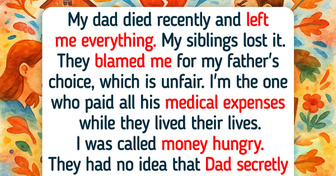
I Refuse to Let My Sister Hijack My Pregnancy Announcement
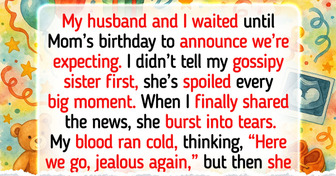
I Won’t Forgive My Parents Who Made Me Feel Worthless

I Refuse to Walk My Daughter Down the Aisle With the Man Who Ruined Our Family

I Refuse to Forgive My Parents After They Took My Inheritance for Being Childless
